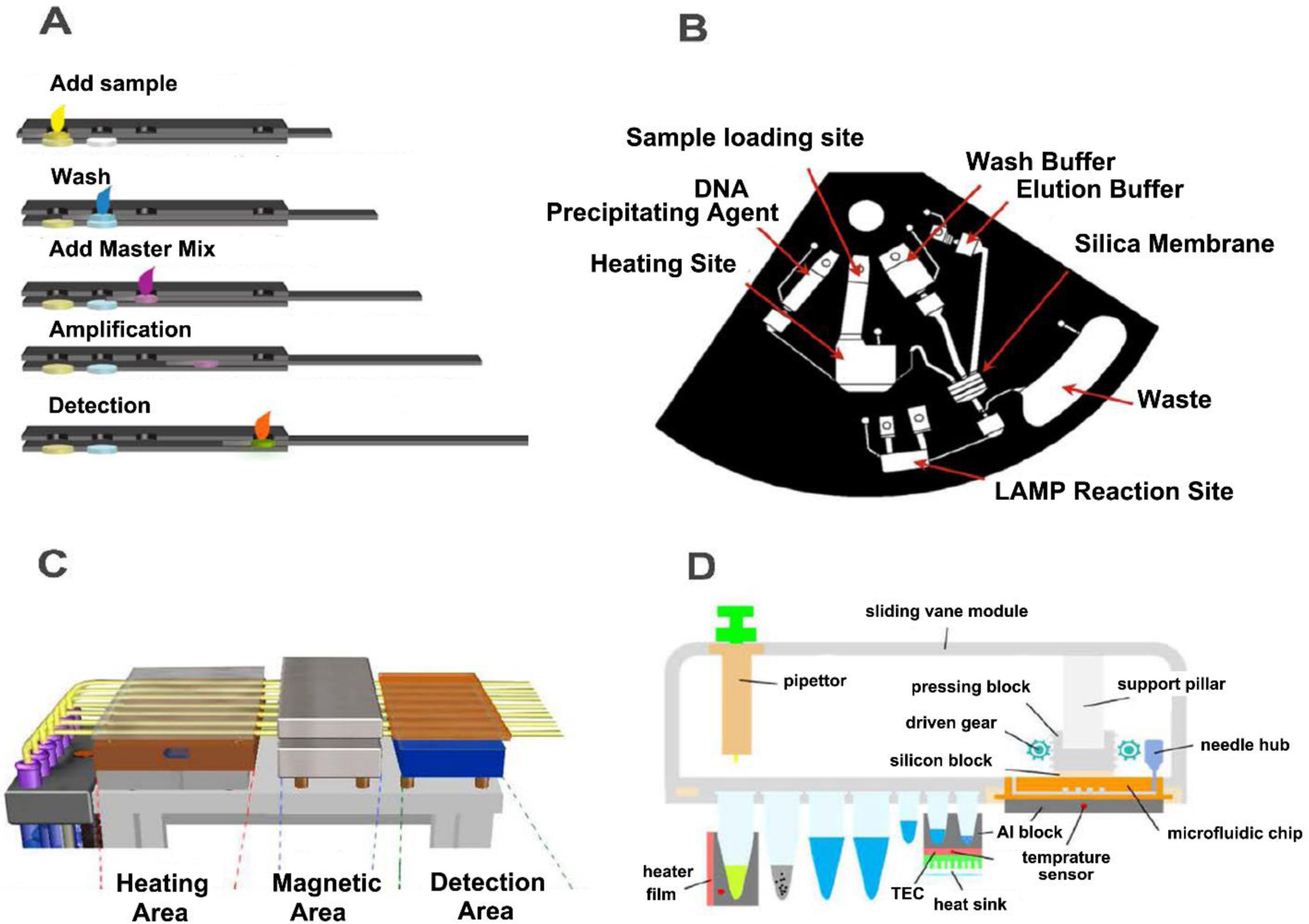Figure 7. Technical variance for the INEAD and SIDAO systems.

(A) The paper-based INEAD system (Connelly et al., 2015) is shown for comparison with the (B) centrifugal microfluidic that integrates the nucleic acid extraction with LAMP (Loo et al., 2016) and (C) the capillary-based INEAD system (Liu et al., 2013). “A” has the advantage of low cost while “B” and “C” can be automated. Despite the different integration options of the microfluidic chip, the systems can be simple and fast to achieve “sample-in-answer-out”. (D) The magnetic bead-based system combines nucleic acid extraction with a digital Recombinase Polymerase Amplification (RPA) chip (Yang et al., 2018). “D” can automatically achieve “sample-in-digital-answer-out”. Figure A and C are adapted from Ref. 53 and Ref.159 with permission from ACS Publications, Figure B is adapted from Ref. 152 with permission from Elsevier, and Figure D is adapted from Ref. 160 with permission from Springer.
